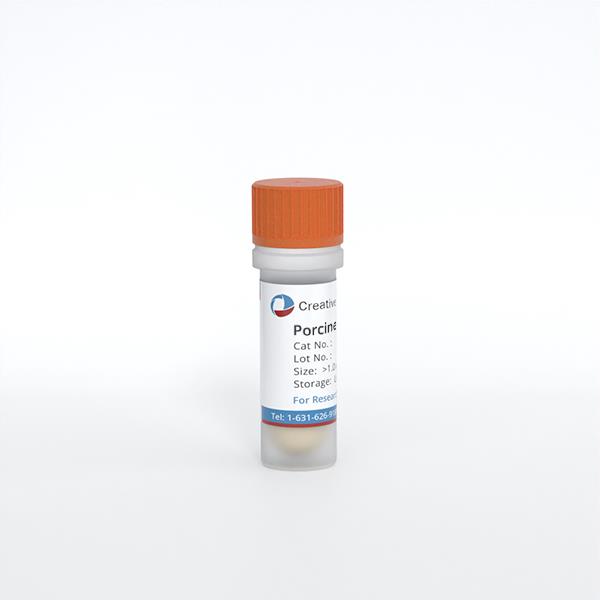ONLINE INQUIRY

Porcine Uterine Epithelial Cells
Cat.No.: CSC-C9259J
Species: Pig
Source: Uterus
Cell Type: Epithelial Cell
- Specification
- Q & A
- Customer Review
The higher the percentage of cell passages, the more prominent the problems of slow cell growth, decreased stability and increased mutation rate. There are many ways to control the cell passaging ratio, such as careful cultivation of cells, standardized culture methods, and strict control of culture conditions. Especially for important cell lines, it is necessary to quickly put each cell passaging in place according to the developed passaging plan to ensure the accuracy of the experiment.
Ask a Question
Average Rating: 4.0 | 1 Scientist has reviewed this product
Stable growth
Immediately after receiving the product, I observed the growth and the cells were in a good and stable state of growth.
12 Apr 2023
Ease of use
After sales services
Value for money
Write your own review

